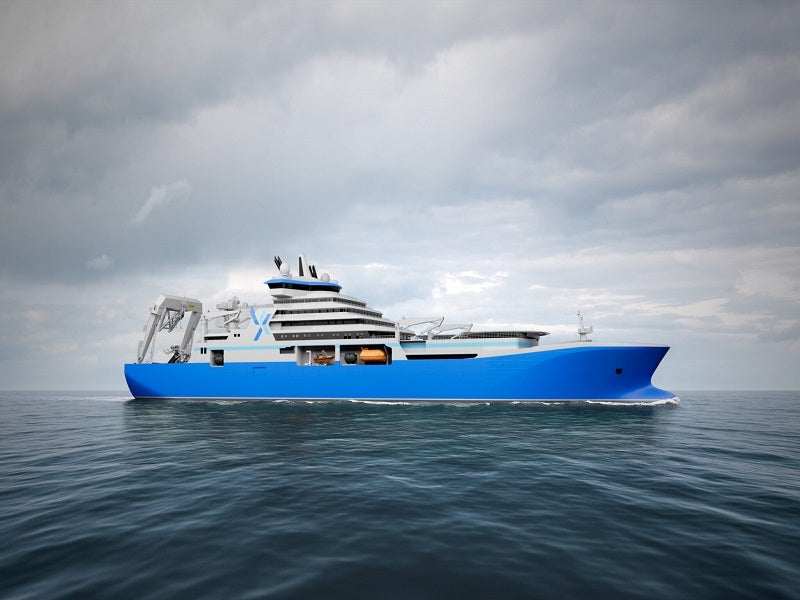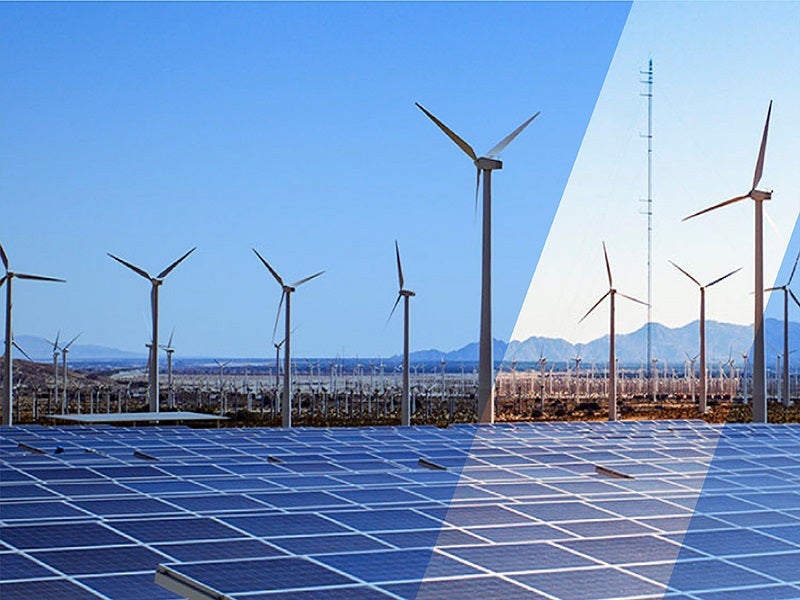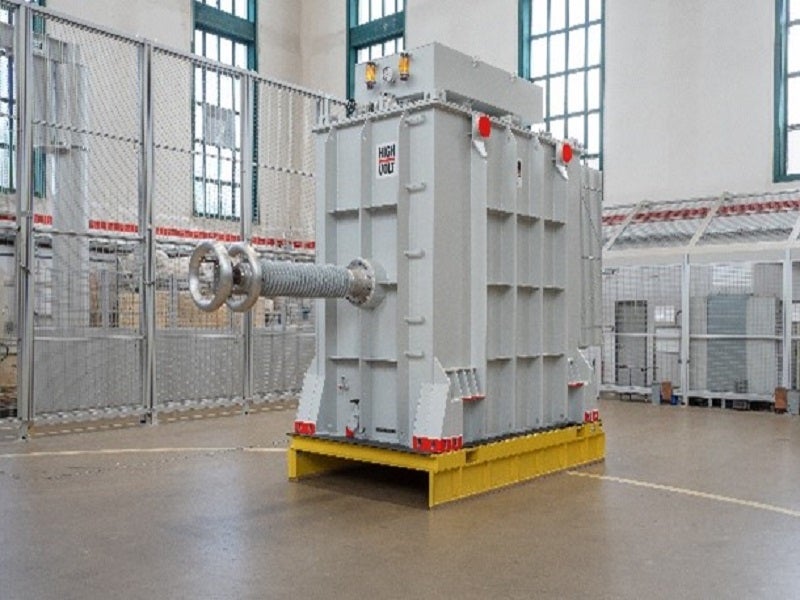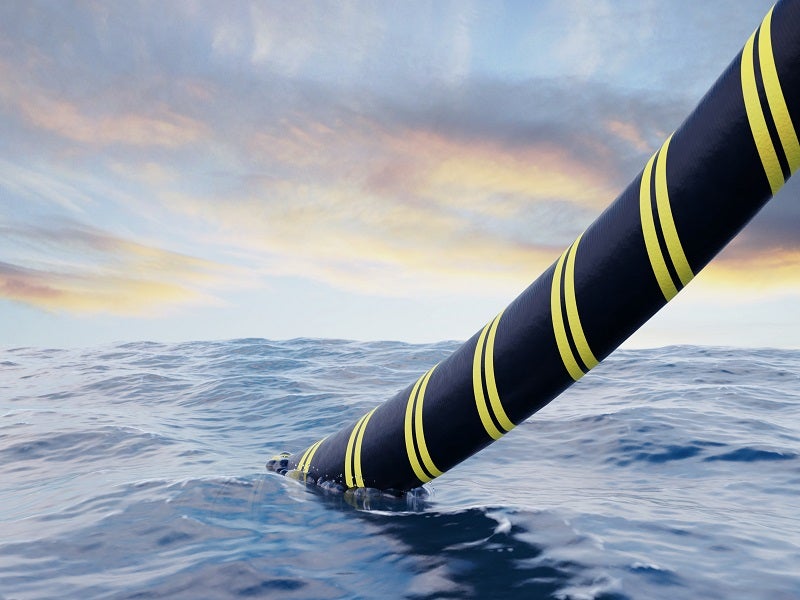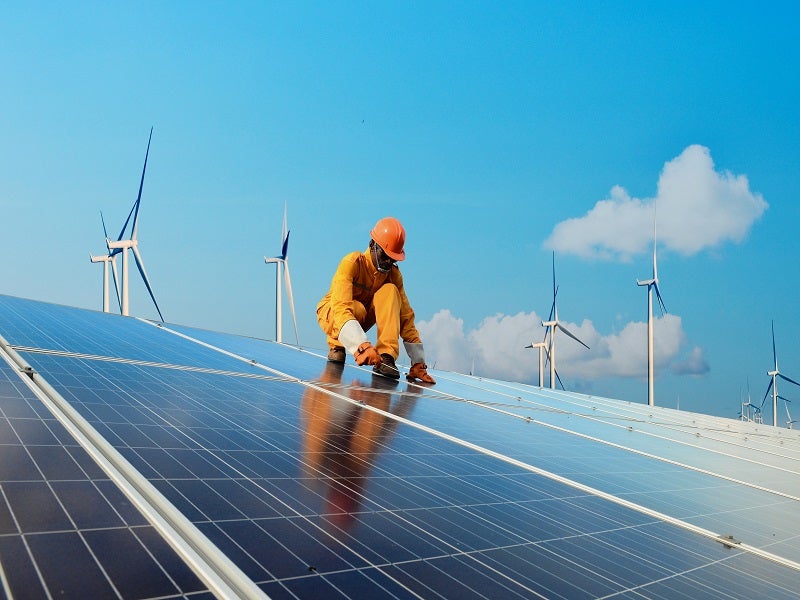The Morocco-UK power project is an integrated power generation, storage and transmission project proposed to be developed by Xlinks, a UK-based energy start-up focused on supplying low-cost wind and solar power from Morocco to the UK.
The project is planned to be developed without subsidy from the UK Government. It will connect the UK National Grid to renewable power generated in Morocco, through 3,800km of high-voltage direct current (HVDC) subsea cables.
The interconnector project will leverage high solar irradiance in south Morocco, along with the North African country’s consistent convection desert winds. It aims to support the UK’s power needs when domestic renewable energy generation dips due to climatic conditions such as slow winds.
Morocco-UK power project make-up
The power generation facility, comprising a solar and wind farm, is in its development stage on an area of 1,500km² in the Guelmim Oued Noun region of Morocco.
The combined facility will generate 10.5GW of energy, of which 3.6GW is planned to be transmitted to the UK to meet up to 8% of its electricity demand.
A 22.5GWh/5GW battery storage facility will also be built on-site, as part of the project, to store and deliver reliable energy to the UK when required.
The project will also involve the construction of new converter stations at both ends of the Morocco-UK HVDC interconnector.
The converter station at the Morocco end will convert the electricity generated from wind and solar resources from high-voltage alternating current (HVAC) to HVDC.
A converter station in Devon, UK, will convert the exported electricity back from HVDC to HVAC before feeding it into the British transmission network.
Transmission route details
The power transmission between Morocco and the UK will take place through onshore and subsea cables.
The transmission cable will comprise two independent rigid bi-pole systems, each with a capacity of 1.8GW and a length of 3,800km. The cables will be the longest subsea power cables in the world when completed.
The cables will be buried at depths between 100m and 250m for most of the route. The maximum depth of the interconnector is expected to be 700m.
The cable will take a subsea route from the north-west of Tantan, Morocco, up the Strait of Gibraltar, and along the coasts of Portugal, Spain and France, before going around the isles of Scilly off the coast of Cornwall, UK. It will pass through the exclusive waters of the UK and make landfall at Devon.
The onshore works at Devon will involve laying approximately 14km of underground HVDC cabling, from landfall at Cornborough Range. A HVDC to HVAC converter station site is proposed to be constructed to the west of the existing National Grid substation located between Gammaton and Alverdiscott.
Grid connection
Xlinks has reached an agreement with the National Grid for two 1.8GW connections at Alverdiscott in Devon, UK.
The first 1.8GW system of the HVDC interconnector project is expected to be connected to the UK’s electricity network by 2030.
Cable manufacturing and laying
Xlinks has established a cable manufacturing company called XLCC to supply the cable required for the Morocco-UK power project.
XLCC plans to establish cable manufacturing factories in Hunterston, Scotland; Port Talbot, Wales; and the north-east of England.
The cables will be manufactured with aluminium conductors and insulation made of cross-linked polyethylene (XLPE).
XLCC completed the design of a cable-laying vessel for the project in March 2022, with the vessel’s delivery expected in the first half of 2025.
Contractors involved
Quality assurance company Intertek, which is based in the UK, received a contract from Xlinks to provide quality assurance and technical advice for the project in March 2022.
The contractual scope includes the review of marine cable routing, along with survey specification, procurement, and tenders. The company will also assist Xlinks in obtaining survey permits.
Intertek conducted a marine permit feasibility study for the interconnector project in May 2021.
XLCC partnered with Salt Ship Design, an independent ship design company, to prepare the design of the cable-laying ship for the project.
MAATS Tech and Global Marine were engaged to support studies related to operational aspects of cable handling.
Global ship management and marine services provider V Group was selected to support XLCC in the technical development and construction of the cable-laying vessel.
XLCC contracted German company HIGHVOLT to supply test systems for the pre-qualification and testing of subsea cables in April 2022.
Multi-disciplinary professional services consultancy WSP was engaged to provide technical services for the tendering process of four HVDC converter stations and ancillary works in August 2022.
WSP expanded its involvement in December 2023, to conduct DC cable route optimisation studies, HDVC power system modelling and technical specification and to deliver interface management.
Funding details
Xlinks secured funding from TAQA, an international energy and water company based in the UAE, and Octopus Energy, a UK-based global energy and technology group.
TAQA will invest $30m while Octopus will invest $5m in the Xlinks project development phase.
The funding will support the UK Power project’s development plans to lay the HVDC subsea cables between the UK and Morocco.
Xlinks was also backed by con|energy, a Germany-based investor in the European energy industry. In November 2022, both companies made a strategic and financial partnership agreement to develop the Morocco-UK project. The German company has made a multimillion-pound investment in the Morocco-UK project.
Morocco-UK power project development details
In September 2023, Xlinks applied for a development consent order (DCO) to the Secretary of State for Energy Security and Net Zero. A request was raised to consider the UK-Morocco project as a Nationally Significant Infrastructure Project (NSIP). The application is supported by the Torridge District Council.
The archaeological and ecological survey work has been completed while the technical work involving the landscape and transport is underway.
Morocco-UK power project benefits
The Morocco-UK power project will contribute to the growth of the domestic solar and wind components manufacturing industry in Morocco. It is expected to generate about 10,000 jobs in Morocco during the construction phase, including 2,000 permanent jobs.
Cable manufacturing facilities to be built in the UK as part of the project are estimated to create 1,350 permanent jobs by 2024.
Furthermore, the interconnector will contribute to the UK’s goal to transition to a zero-carbon electricity system by 2035.
The project is expected to provide low-cost, clean electricity to more than seven million UK homes by the end of 2030.
Upon completion, the project will transmit 8% of the electricity, providing green power to the UK for an average of 20 hours a day, utilising renewable sources in Morocco.

